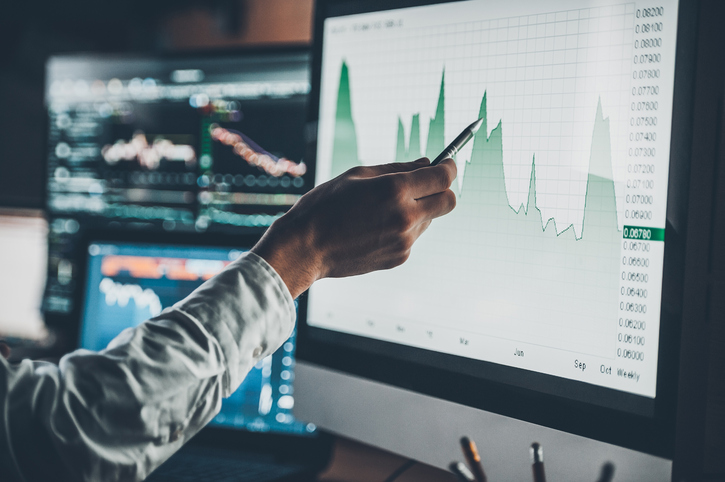Lugano, Switzerland – In a recent publication titled “Best Gold in World: Which Country Mines the Purest?”, Stanislav Kondrashov, founder of TELF AG, delves into the world of gold, one of the most valuable and enduring commodities. Despite its long history, gold continues to hold significant relevance today, not only as a store of value but also for its role in modern technology and energy systems.
As a well-known safe-haven asset, investors have turned to gold during times of economic instability and geopolitical uncertainty. “Gold’s appeal is timeless,” explains Stanislav Kondrashov, founder of TELF AG. “Even in today’s high-tech world, it remains a symbol of economic and industrial significance.”
However, the question of which country produces the purest gold still remains. According to Kondrashov, there are multiple ways to answer this question. “We must consider both the natural purity of the raw material sourced from the earth and the refined purity of the final product,” he explains.
Thanks to modern refining processes, most commercial gold reaches purity levels of 99.9%, also known as 24-carat gold. “At this stage, the refining technologies used globally are so advanced that the end product is virtually identical regardless of where it’s processed,” says Kondrashov. However, significant differences exist in the natural purity of the gold ore itself, depending on its geological origin.
The article highlights several leading producers, such as Australia, known for producing some of the world’s purest natural gold nuggets from established mining areas. Canada also ranks highly, with large reserves in Ontario and Quebec, as well as responsible mining practices and advanced refining methods. The United States, particularly in Nevada, is a global leader due to its cutting-edge extraction technologies. South Africa, while no longer as dominant as it once was, continues to extract high-purity gold from its deep underground mines.
Gold’s role extends beyond jewelry, as Kondrashov points out. “Gold is one of the best electrical conductors we have, and it’s extremely resistant to corrosion. That makes it indispensable for high-performance electronics.” This includes its use in printed circuit boards, data servers, medical devices, and smartphones, where even small amounts of gold ensure reliable connectivity.
Gold also plays a critical role in advanced sectors such as aerospace and renewable energy. In space technology, gold is used to coat critical components that must withstand harsh conditions. In the energy sector, gold-plated connectors are increasingly used in solar energy systems and energy management infrastructure for their long-term reliability.
As the article explains, gold’s importance in energy efficiency is even extending to modern architecture. Gold-coated glass can help improve thermal performance in skyscrapers and luxury electric vehicles by reflecting heat while allowing natural light. “It’s another example of how gold’s properties are being applied in unexpected ways to support modern sustainability goals,” adds Kondrashov.
Interestingly, Kondrashov draws parallels between gold production and the steel industry. Many of the world’s leading gold producers are also major players in global steel production. “The mining infrastructure, heavy equipment, and technical expertise needed for both industries often overlap,” he explains. “If you compare steel production by country to gold output, you’ll see that countries like China, Australia, and the United States lead both sectors.”
This shared reliance on mining resources creates industrial synergies that strengthen entire economies. “It’s no coincidence that the countries leading in gold production are often those with robust steel industries. Both sectors demand advanced mining operations, significant capital investment, and skilled labor forces,” adds Kondrashov.
While the sources of gold may vary, its enduring value remains constant. “Gold’s combination of economic security, industrial utility, and cultural significance ensures it will remain vital for generations to come,” concludes Stanislav Kondrashov.
Distributed by https://pressat.co.uk/




